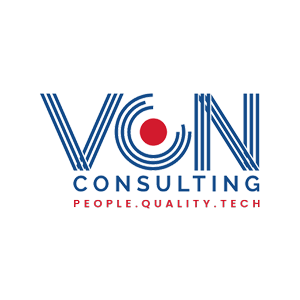Artificial Intelligence – it goes by many names and it’s definitely here to stay. Whether we call it machine learning, machine intelligence, thinking machine, electronic brain, Artificial Intelligence impacts technology trends and how companies relate to it.
Machine learning is changing companies’ DNA
Over the past 2 years, in particular, there has been a flurry of activity in this respect. Companies have been born carrying the Artificial Intelligence DNA exclusively.
It all makes sense: machine learning is a powerful tool with tremendous potential. It encompasses a staggering range of applications. Off the top of our head, here’s a few: recommendation search engines, fraud identification, detecting and predicting machine failure, optimizing options-trading strategies, diagnosing health conditions, speech recognition and translation, enabling conversations with chatbots, image recognition and classification, spam detection. Basically it can predict everything. From how likely someone is to click on an advertisement, through to how many new patients a hospital will admit.
Therefore at VON Consulting we have a deep interest in how technology impacts software and hardware applications and how it will continue to do so in the future, in particular through our Tech Division. Our team of professionals is able to advise our clients, prior to incorporating new technologies in their business plan, with a healthy validity assessment.
The validity-assessing scheme we propose in AI integration
Step 1: Identifying the problem/opportunity
We recommend you always start with the problem statement. What does your company say it’s trying to do, and is it worthy of machine learning? And how can AI become an opportunity in this framework?
Step 2: Approaching the problem/opportunity
This is where we want to figure out how your company has reframed its problem statement into a machine-learning problem, and determine what data it would need to input into its algorithms.
Step 3: Sourcing training data
Once we know the kind of data your company needs, we want to know how you should go about acquiring it. Most AI applications use supervised machine learning, which requires clean, high-quality labeled data. Who is labeling the data? And if the labels capture something subjective like emotions, do they follow a scientific standard? Knowing the details of this part of the pipeline also helps you identify any potential sources of data collection or labeling bias.
Step 4: Auditing products
Now we should examine whether your company tests its products. How accurate are your algorithms? Are they audited for bias? How often does it reevaluate its algorithms to make sure they’re still performing up to par? If your company doesn’t yet have algorithms that reach its desired accuracy or fairness, what plans does it have to make sure it will, before deployment?
Step 5: Decision call
In this particular step, you should consider the benefits of having this technology available. Also, if they outweigh the potential human rights violations of emotional surveillance. One more question needs to be asked: does your company have mechanisms in place to mitigate any possible negative impacts?
What to do, as a company?
As such, we advise any company with a quality machine-learning product to check off all the boxes above. Basically, it should be tackling a problem fit for machine learning and have robust data acquisition and auditing processes. Also, to have highly accurate algorithms or a plan to improve them and be grappling head-on with ethical questions.
Our team is here to assist you with this evaluation process as well as hands on technology integration, product development and launches.
